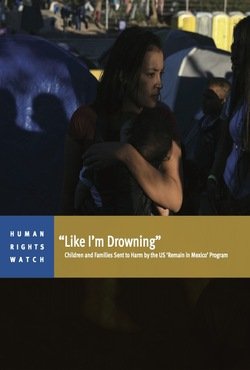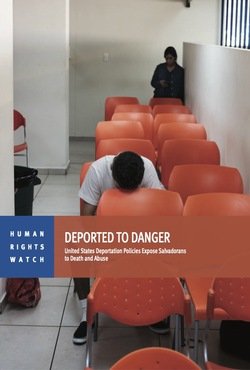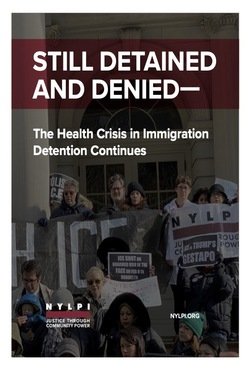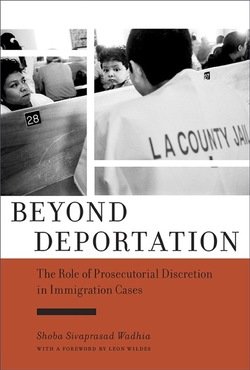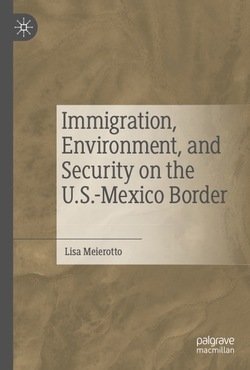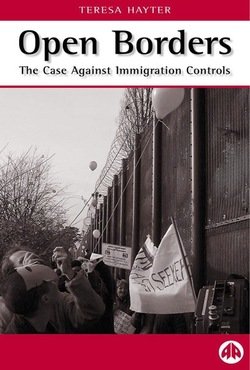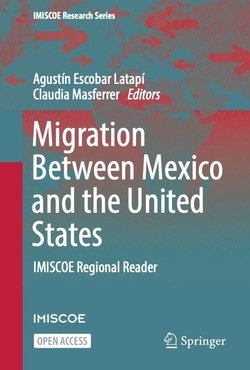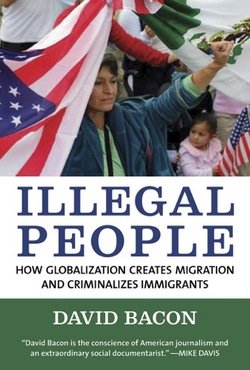By The Global Human Rights Clinic (GHRC) of the University of Chicago Law School and United Stateless (USL)
Statelessness — the condition of lacking citizenship or nationality in any country of the world — affects more than 10 million people globally. In the United States, conservative estimates put the number of stateless persons at over 200,000. Given that the U.S. provides citizenship to people born on the territory, nearly all stateless persons within the U.S. were born elsewhere. However, the U.S. immigration framework is silent with respect to statelessness, in effect leaving stateless people unrecognized, unprotected and invisible before the law. As persons relegated to a life without legal status, stateless people in the United States are subject to being detained by immigration officials. Because they do not have a country of nationality where they can be deported to, stateless detainees have remained in immigration detention for months or years without any prospect of release, in violation of the U.S. Constitution and international human rights law. In some cases, after undergoing prolonged detention, stateless detainees have been forcibly deported to “third countries” (countries where they are not citizens), thereby perpetuating their condition of legal limbo and further depriving them of protection as required by international law. This report by the Global Human Rights Clinic (GHRC) of the University of Chicago Law School, in partnership with the non-profit organization United Stateless (USL), documents how the U.S. government violates international law by subjecting stateless persons to prolonged, repeated and arbitrary detention. Drawing from interviews with impacted stateless individuals and experts on statelessness, the report sets out specific recommendations for the U.S. government to bring its laws and policies in compliance with international human rights law.
Chicago: The Global Human Rights Clinic (GHRC) of the University of Chicago Law School, 2022. 88p.







